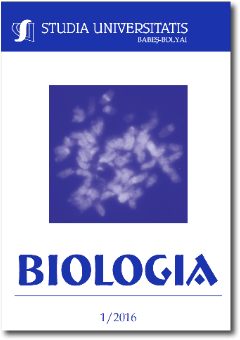The Use of Plant „In Vitro” Systems for the Synthesis of Noble Metal Nanoparticles
Abstract
Nanomaterial synthesis using biological organisms is a new research area, defined as nanobiotechnology. In order to prospect and develop green synthesis methods for noble metal nanoparticles (NM-NPs) extracellular and intracellular synthesis using bacteria, fungi, yeast or plants are extensively explored. Noble metal (Au, Ag, Pt, Rh, Pd) nanoparticles are the subject of intensive research, involving synthesis, characterization and applications. Due to their chemical, physical and optical properties, metal nanoparticles are very atractive for a wide range of biomedical applications, such as molecular detection and diagnostics, antibacterial activity, transport of drugs, cancer therapy. Biosynthetic methods using plant extracts proved to be simple and viable alternatives to conventional methods and suitable for developing large scale production. Biotechnological methods of NM-NPs synthesis using plant extracts are advantageous compared to the physico-chemical procedures: i) the synthesis does not require toxic solvents or additives; ii) does not result in toxic wastes for human and the environment; iii) the reactions are not energy dispersive, are relatively fast and in a single phase.
Downloads
Published
How to Cite
Issue
Section
License
Copyright (c) 2016 Studia Universitatis Babeș-Bolyai Biologia

This work is licensed under a Creative Commons Attribution-NonCommercial-NoDerivatives 4.0 International License.





